When I look through my photographs of Rwanda’s birds I am always struck by their diversity. They’re a kaleidoscope of different colours and patterns. There is amazing variation in overall shape and size. This is also true if I just focus on all the different beaks or bills of the different species of birds! So, do birds have beaks or bills? Well, both terms are used interchangeably so it doesn’t matter, but to keep things simple, I will use the term ‘bill’ throughout the rest of this article.
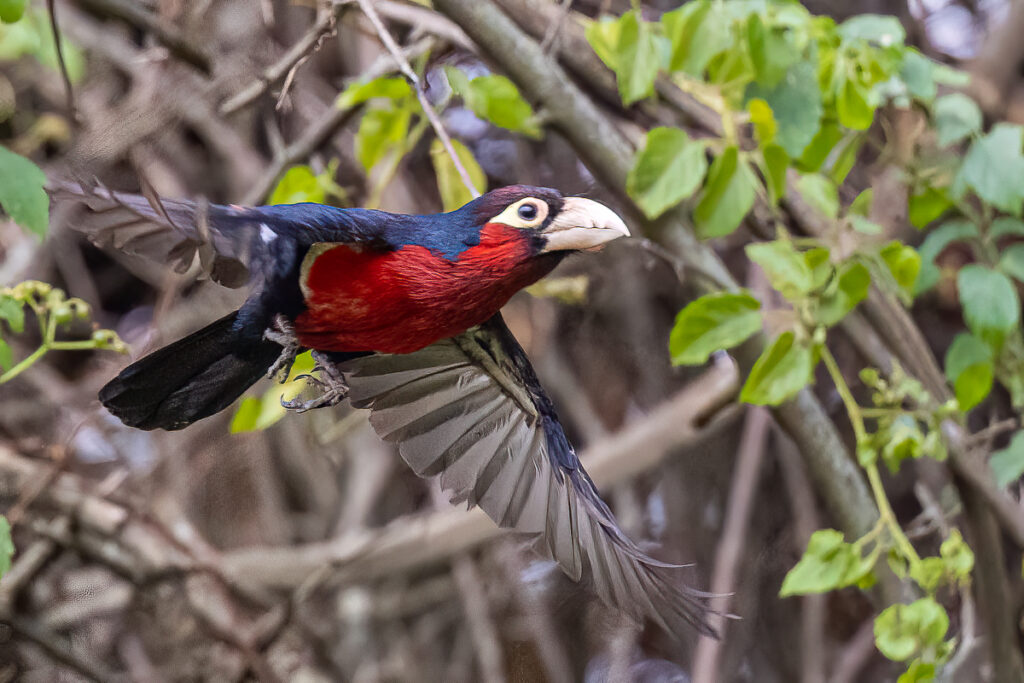
Without hands and fingers, the bill is a bird’s first and primary food-handling structure, and it has evolved into a myriad of forms to fit the specialised feeding habits of each species. The bill is simply a modified jaw covered by a tough and lightweight material called Keratin. Rhinoceros horn consists almost solely of Keratin, and it is also found in our nails, hair, and the outer layer of our skin. A bird’s bill is used to crush, cut, tear, and hold, but unlike teeth it cannot grind food. The bill also usually houses the nostrils and is often packed with lots of nerve endings, enabling birds to locate food by smell or touch. Bills are used preen and keep the feathers in top condition. Some species with larger bills use them to help regulate their internal temperature, a process known as thermoregulation. They also help to resonate their vocalisations.
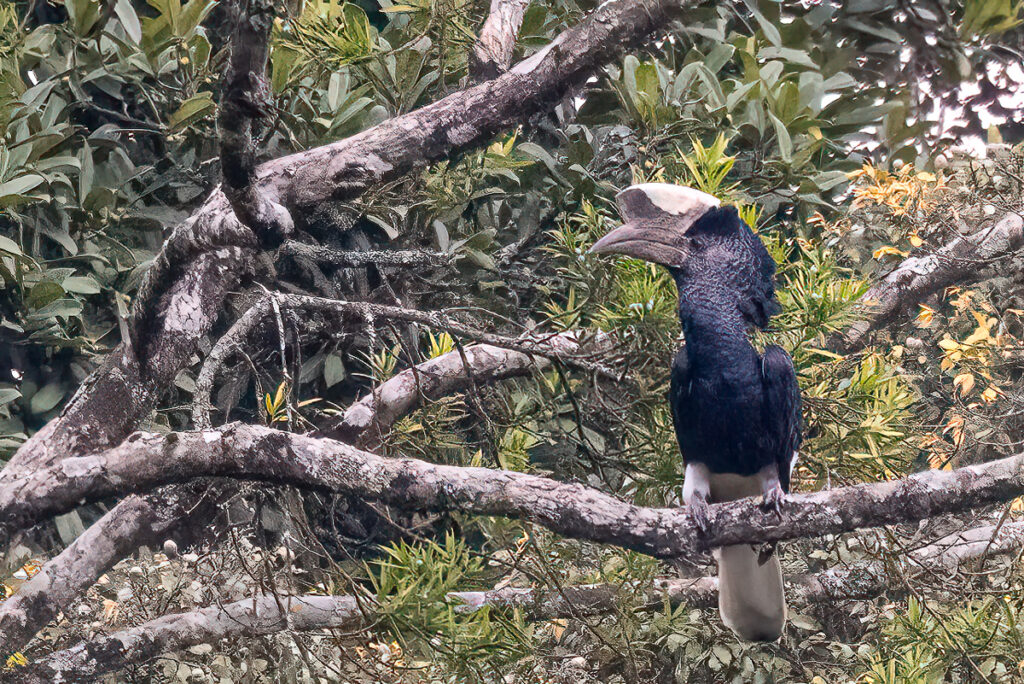
Variations on a few basic bill designs ensures that each species can remain unchallenged within a particular ecological niche. These variations, and other physical adaptations, alongside the diversity of feeding strategies used by different species, is why we can find an assortment of shorebird species all foraging in close proximity along the edges of Rwanda’s lakes, and why you can find warblers, crombecs, and flycatchers all foraging in the canopy of the same Acacia tree.
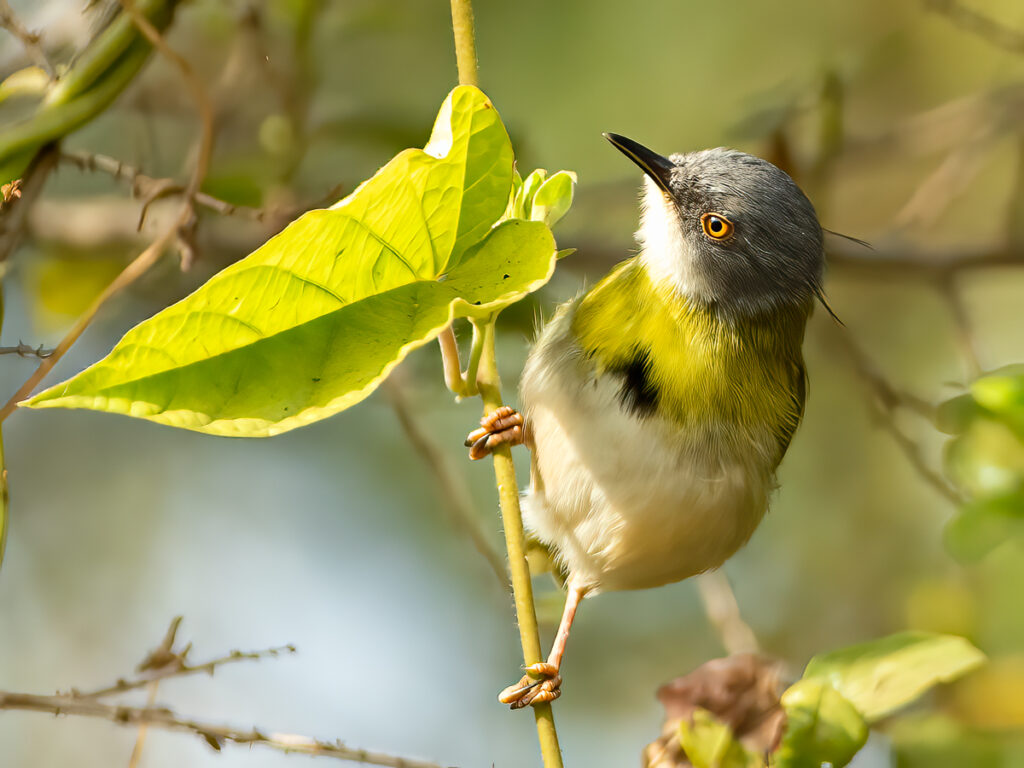
The shape and size of a bird’s bill tells us a lot about what they eat and how they find it. Species that predominantly eat insects (insectivores) have short conical bills, like tiny tweezers. This is exactly what is needed to glean small insects, either from branches or vegetation, the ground, or even whilst on the wing. Rwanda’s rich variety of flycatchers, warblers, swifts, and swallows are prime example of this bill shape.
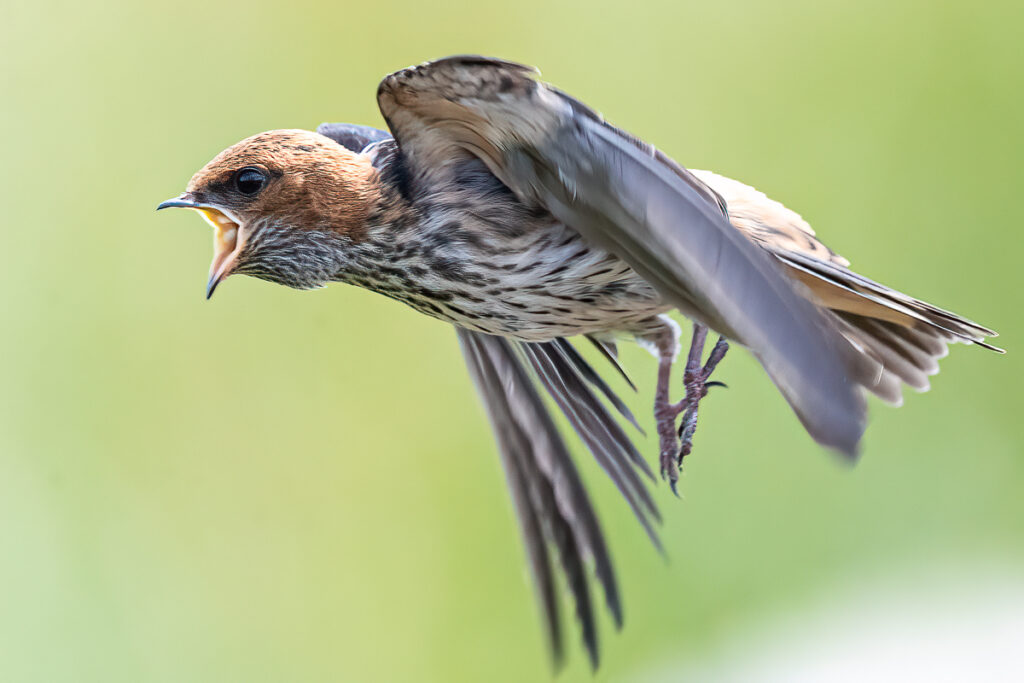
Those species that prefer to feed on seeds and need to open them have strong conical-shaped bills. The aptly-named Thick-billed seedeater and Streaky Seedeater alongside the various mannikins and waxbills all have this shaped bill.
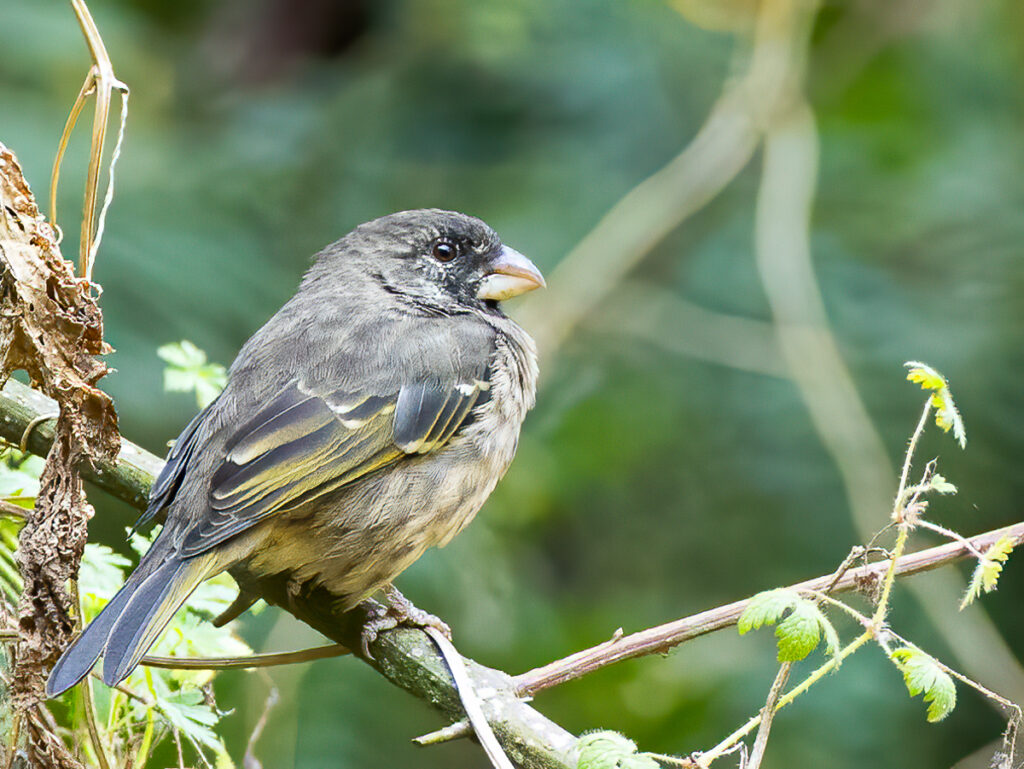
The family of sunbirds are Rwanda’s most well-known nectivores, all of which primarily feed on nectar. All also have thin decurved bills of varying lengths, which enables them to reach into an array of flowering plants to find their preferred ‘food’.
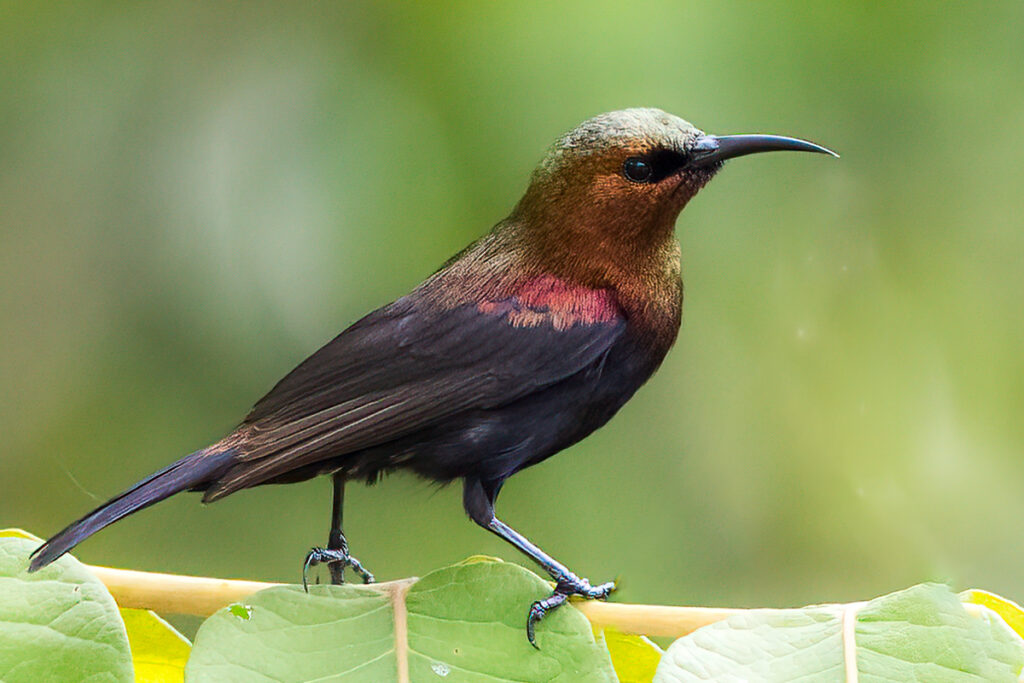
Carnivorous birds have hooked bills which means that once they have caught their prey in their talons, they can rip it into smaller and more manageable pieces to swallow. Birds like the Pied Crow are scavengers and omnivorous and as such have a ‘general purpose’ bill that allows them to try to eat almost anything!

Some birds have long thin bills that they probe into soft ground (substrate) to find their food. The length and shape of the bill of each species varies depending on the depth they need to probe for specific prey items that they target hiding in the substrate. Examples of these types of birds include Three-banded Plover, Common Sandpiper, and Hadada Ibis.
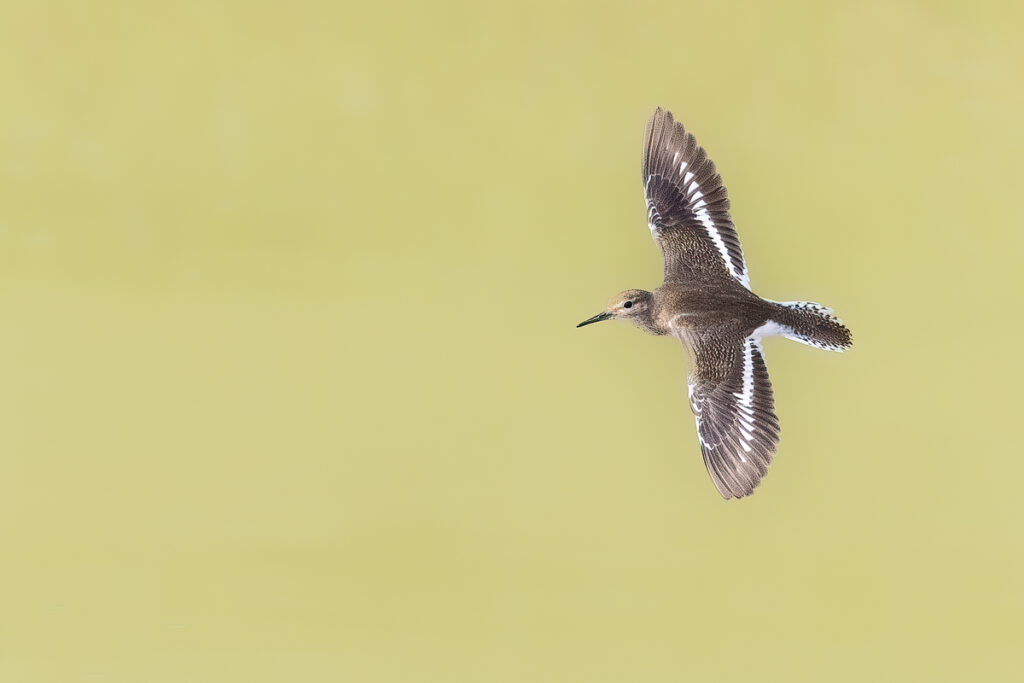
The bill shape of other species has also evolved into a very specialised shape for them to employ a specific feeding strategy. A great example is the African Spoonbill, which uses the spoon-shaped end of their bill to find small fish and aquatic invertebrates in shallow water. With the bill slightly open they move their head from side to side slicing the bill through the water, when they feel a prey item their bill snaps shut.
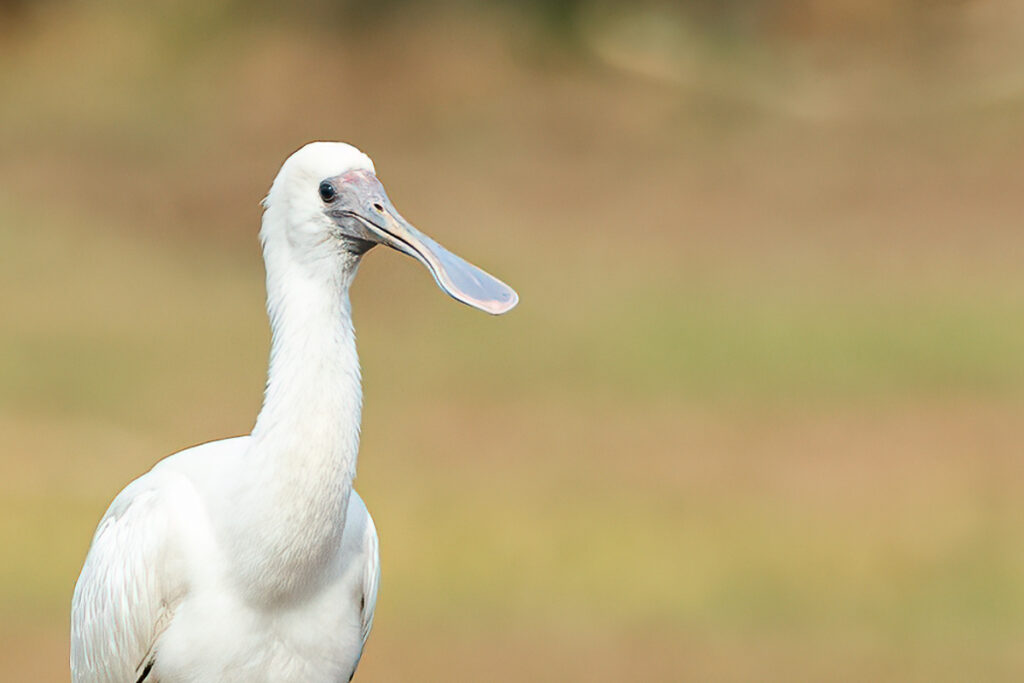
African Openbill have a gap in the lower portion of their bill which allows them to pick up and manipulate snail shells so they can get to the food inside.
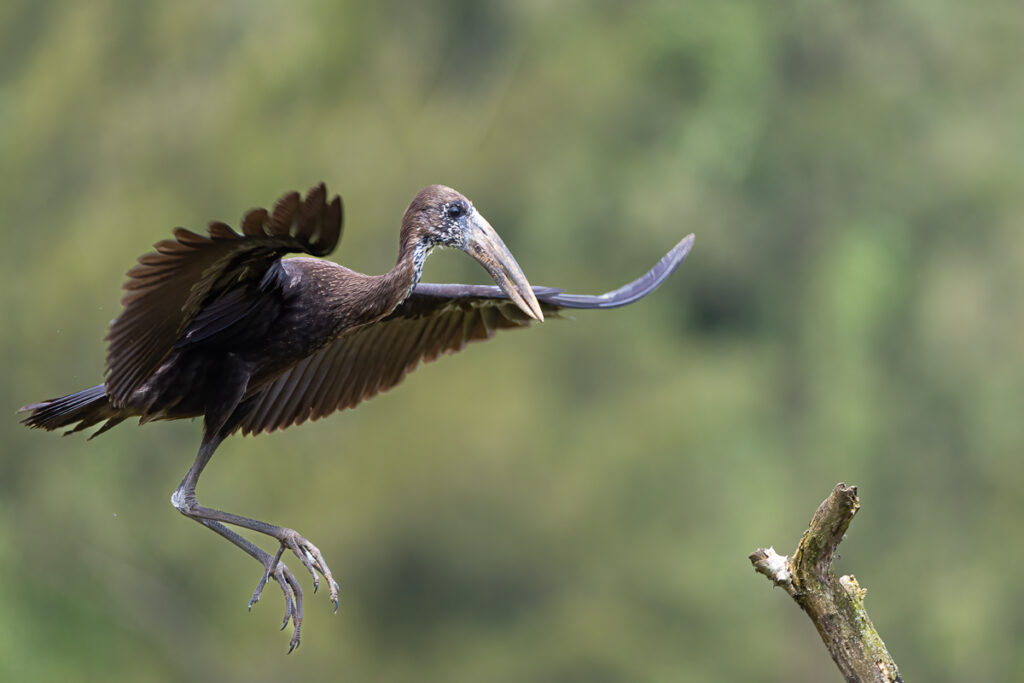
This article has only looked at few of the incredible avian adaptations that can be seen in the bills of Rwanda’s various species of birds. These are links to other pieces I have written that contain more information about the bills of many more of Rwanda’s birds and how they are used, not just to find food but also to build a home, and communicate – herons, woodpeckers, barbets, kingfishers, weavers, ibises, and many more.

When I scratch the surface and glimpse how birds have evolved to live, I am blown away by the diversity and uniqueness of our feathered friends! The more I learn, the more I realise how little I know, but the more I excited I am to learn more! As a place to learn about birds, Rwanda certainly fits the bill!

This is a great read Bill! Even for those of us far from Rwanda, the information in the different bill shapes can help us identify the type of food birds we see in our own regions eat.
Thank you Jennifer, your comments make me happy!
Extraordinary! Your knowledge about bills is terrific and this article very well documented! Although one can imagine they are different who could have thought each species has its own specificities!
Thanks for sharing this gem, Will!
❤️❤️❤️❤️❤️
Thank you for your kind words Nikky, it’s the uniqueness of each species that blows me away and keeps me wanting to learn more!
Fascinating article and brilliant photography. Thank you!
You’re very welcome, really happy you enjoyed it.